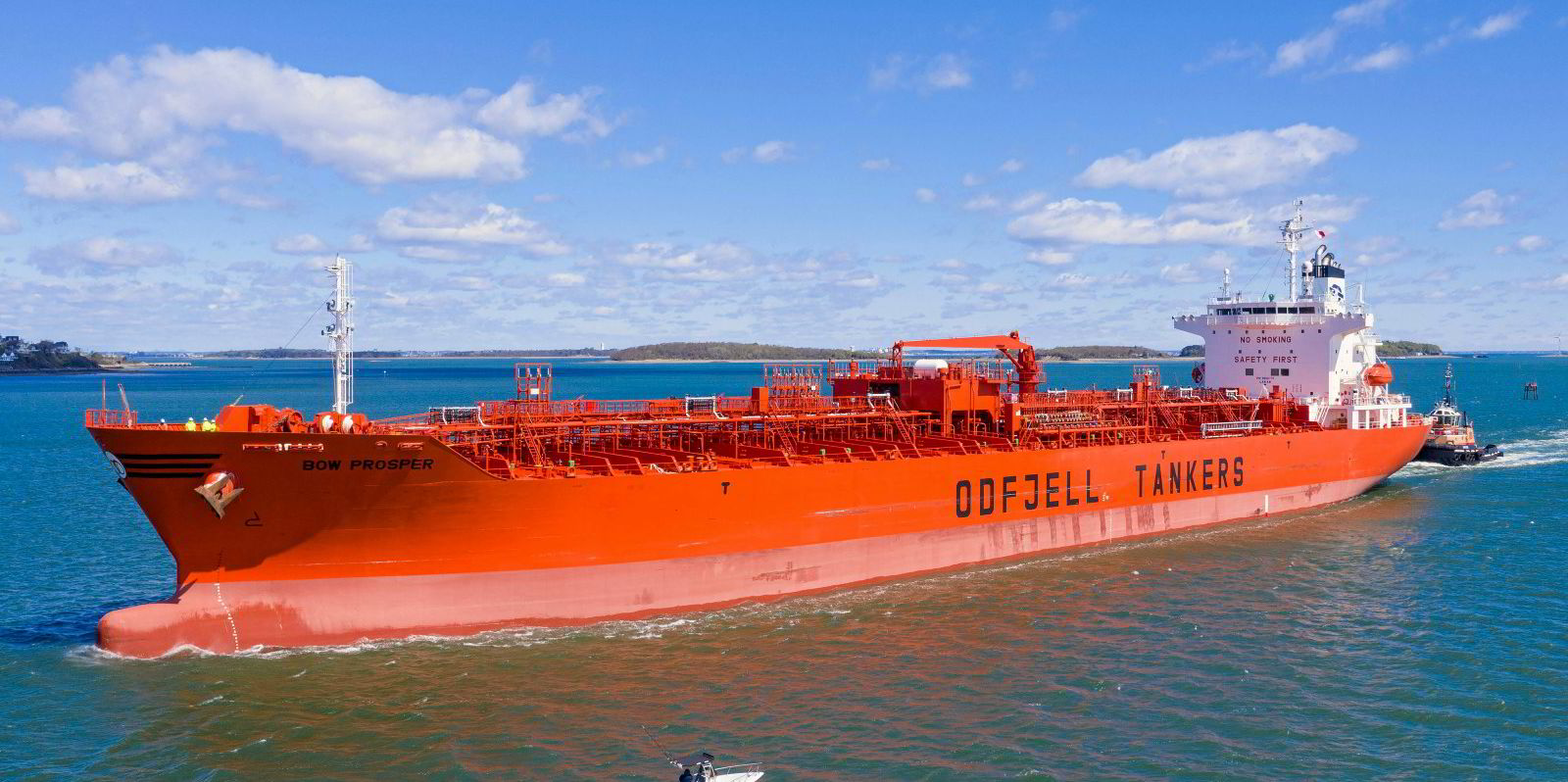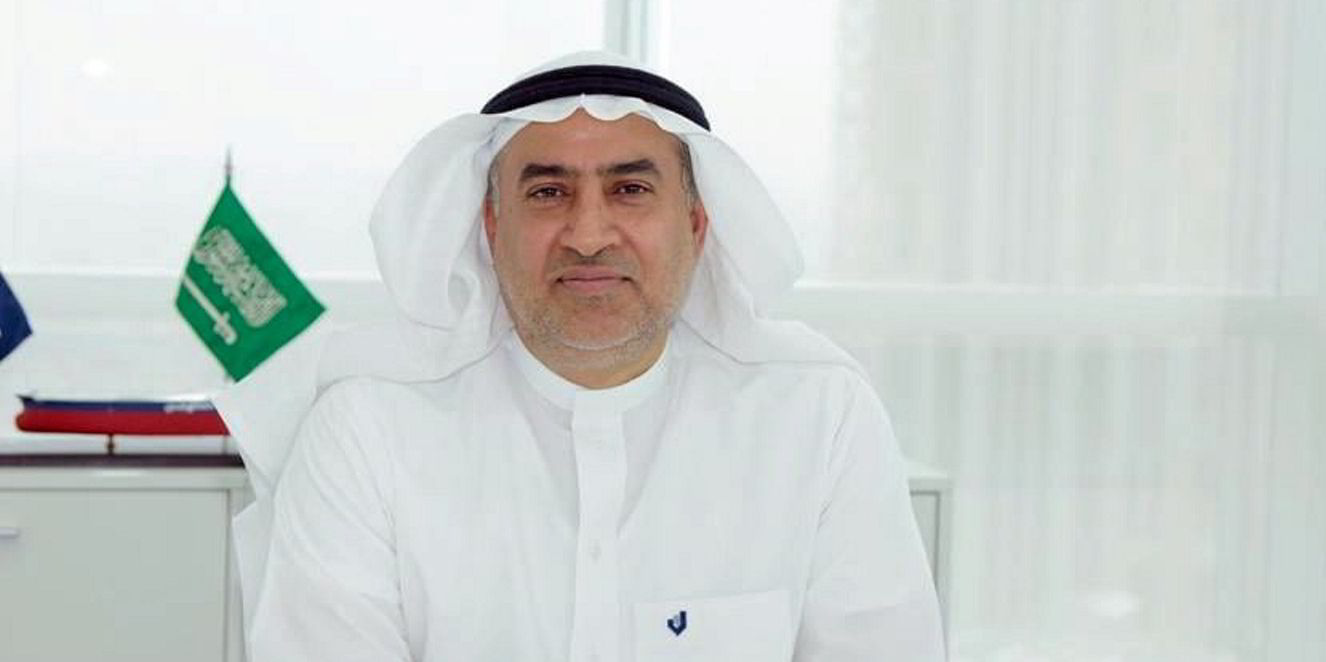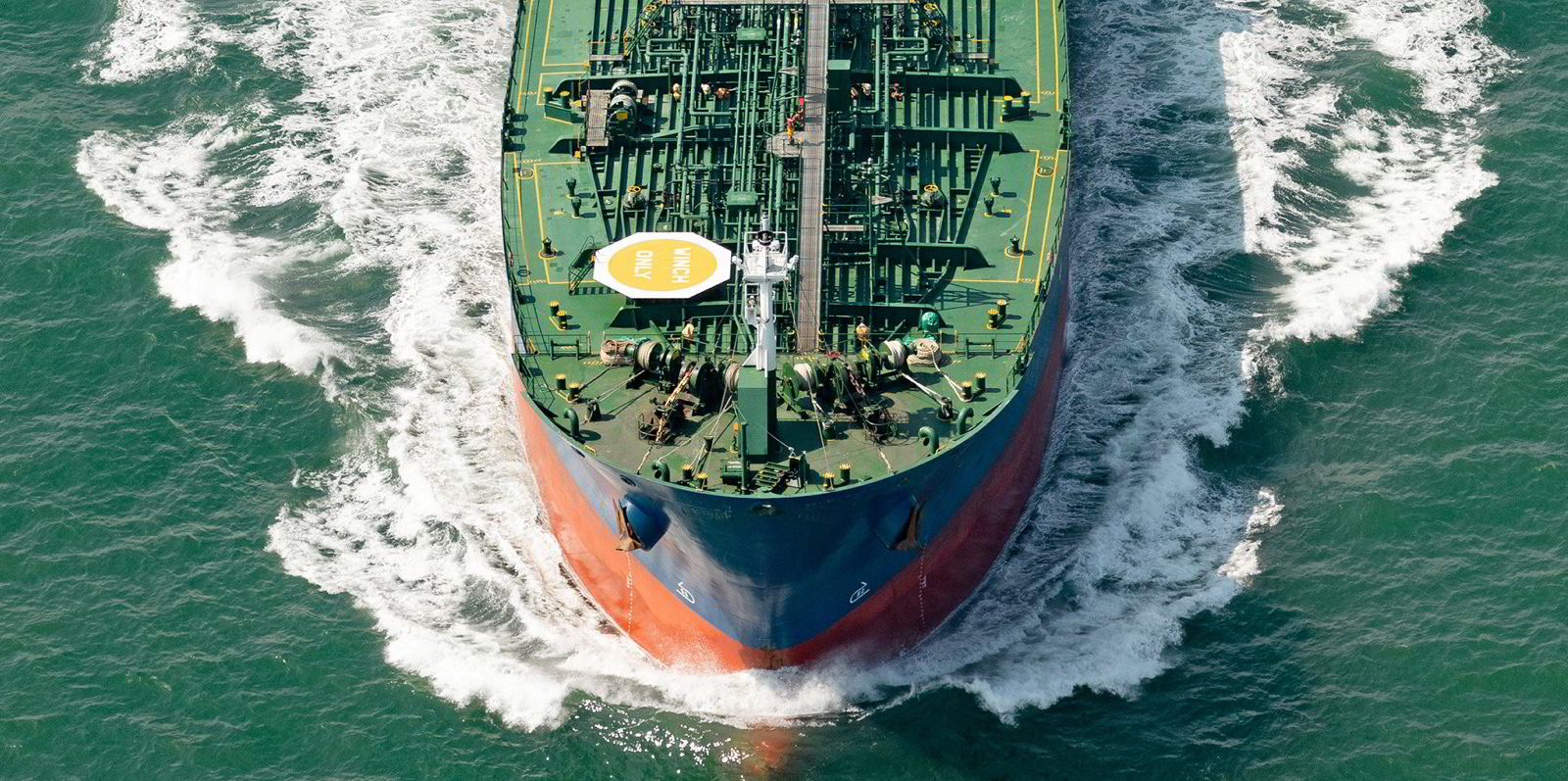The chemical tanker market has been persistently weak for years, but industry experts hold high hopes that the sector is finally turning the corner.
Eastport Maritime’s Global Chemical Freight Index — calculated from freight rates on 28 trading routes — has been on an upward trajectory since the fourth quarter of 2020.

Andrew Shipley, head of research strategist at the Singapore-based consultancy firm, said the strength has yet to spread into the period charter market as rate gains mainly reflect rising bunker costs.
The one-year rate for 13,000-dwt IMO type-2 vessels has largely fluctuated between $8,000 and $9,000 per day since 2018, and between $13,000 and $14,000 per day for 19,999-dwt stainless-steel ships, according to Clarksons Research.
But optimists said the potential upside for supply-demand fundamentals is great, citing forecasts of global economic recovery — often closely linked with chemical demand — and a small orderbook.
“As many countries roll out vaccination programmes, the world economy is expected to rebound quite strongly later this year,” Navig8 Chemical Tankers chief executive Jens Gronning told TradeWinds. “We are optimistic that this will also lead to stronger demand for chemical tankers.
“Combined with modest growth in vessel supply, the fundamentals are certainly there for an upcycle.”
Orderbook size
Clarksons Research estimates the orderbook for chemical tankers of 10,000 dwt or larger consists of 78 units of 2m dwt — the smallest since 2002.
The orderbook for stainless-steel vessels below 10,000 dwt only accounted for 3.4% of the trading fleet as of last month, figures from Banchero Costa show.
Adrian Brown, an analyst with brokerage Simpson Spence Young, said the market is facing “a critical shortage” of ships dedicated to the transport of chemical products.
In particular, a high proportion of stainless-steel tankers under 12,000 dwt are approaching their 15th anniversary and many are 20 years or older, Brown added.
“Revenue from freight has been consistently low for at least 12 years, and has been insufficient for most owners to justify fleet replenishment,” he said.
Maritime Strategies International director Stuart Nicoll said larger vessels between 50,000 dwt and 55,000 dwt have been most prominent in recent ordering.
Nicoll added that while limited newbuilding deliveries could trigger a market upturn, the recovery would be uneven due to the Covid-19 outbreak.
“Vessel demand has been unevenly disrupted by the pandemic and relative rates of recovery in trade will impact different segments of the fleet to varying degrees,” he said.
Demand growth
With the global economy gradually recovering from the health crisis, Clarksons Research expects the world’s seaborne chemical trade to grow to 378m tonnes this year from 366m tonnes in 2020.
Most observers predicted that US and Middle Eastern producers would hike chemical exports to north-east Asia, benefiting long-haul trades of methanol, ethanol, ethylene glycol and paraxylene.
“In addition to the likely increase in cargoes, we are seeing a trend towards larger parcels on long-haul routes supporting demand for MRs,” Shipley said.
Gronning added: “We expect continued petrochemical and refinery expansion in the US Gulf and Middle East Gulf, and Chinese-led Asian incremental consumption.
“We expect a continued rise in volumes on these routes.”
But those shipments could replace cargo movements on short-haul routes, where small tankers are the workhorses.
“Many trades suitable for smaller vessels remain very weak,” said Nicoll, adding that Indian imports from the Middle East and other parts of Asia is one notable exception.
“For the small ships, there are positives in the low orderbook but there are headwinds from weak trade,” he said.
External trades
But the chemical tanker market has always been heavily influenced by freight rates for refined products and vegoils, with many MRs capable of carrying multiple types of cargoes.
“For the chemical tanker sector to have a chance of boosting freight earnings, it requires the ‘perfect storm’,” Brown said. “Demand has to be strong in all the sector.”
In the near term, experts believe the shipping markets for refined products and vegoils will be weak due to low vessel demand.
But Drewry analysts Hu Qing and Rajesh Verma expect the outlook to brighten later this year.
“We expect the vegoil demand will increase from the third quarter, as India’s demand shifts from soybean oil to palm oil,” they told TradeWinds.
“Combined with CPP [clean petroleum products] demand recovery, [this] will support and push up the freight rates of chemical tankers, especially on the routes to Asia.”






